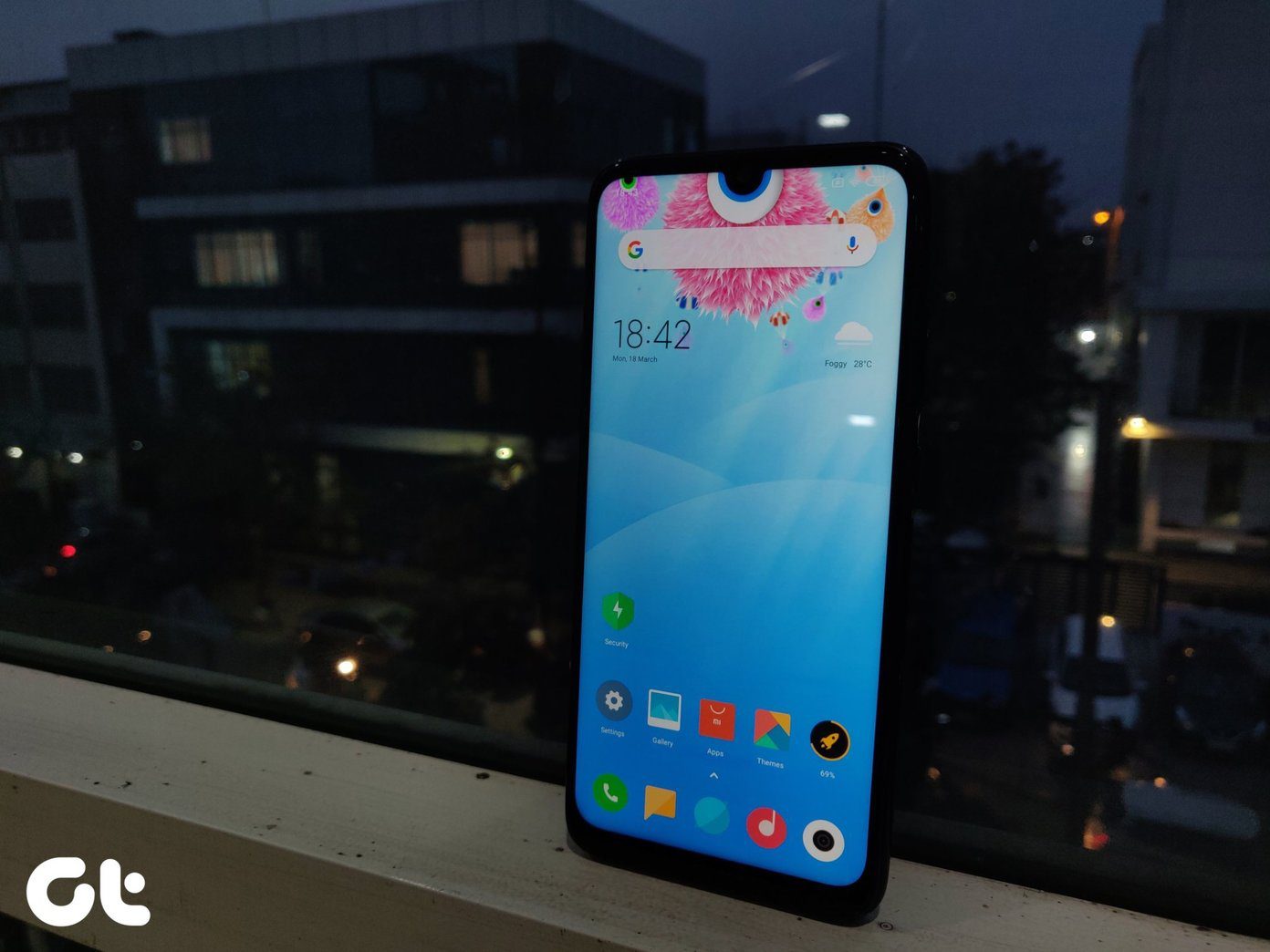With so many people using smartphones and getting tips from various sources, some common myths have cropped up in every average smartphone user’s mind. We are debunking 11 such myths so that you stop live in a fool’s world.
More RAM Equals Better Performance
Yes, we all have heard this one. I even believe that some device makers have also started promoting this idea. But, fortunately, it’s all a myth. If you have a device that has 4GB or even 3GB of RAM, it is capable of running Android 8.0 Oreo. There are many factors that affect the compatibility of your device with the latest operating systems, according to Google. It’s true, however, that more RAM helps the device in loading more apps at a given point of time. But, ask yourself honestly, when was the last time you were working on 4-5 apps at the same time? RAM modules or chips for mobile devices are expensive and are directly responsible for boosting the price of the device. So, be very careful while you go ahead and fall for that phone with 8GB RAM. Always consider the kind of usage you have and then decide what’s better and what’s not.
Higher Megapixel Means Better Image Quality
How many times have we heard this one? At least a hundred times, I guess. Quite recently, a phone launched in India that featured a whopping 24-megapixel camera at the front. But do we really need all those pixels on the selfie shooter or is it just a gimmick? Perhaps it’s not a gimmick but the picture quality is directly related to the quality of the camera sensor and the pixel size. HTC proved it to the world with its UltraPixel camera, which had a meager 4-megapixel resolution but offered near DSLR quality. In reality, there are a number of factors that are responsible for the quality, including the pixel size because that captures all the information. Hence, bigger pixel size does offer better quality. Better optics is also important because that will be directing all the light onto the sensor. So, next time, don’t fall for the fancy 30-megapixel sensor. Decide wisely.
Charging Devices Overnight Damages the Battery
This statement could have had some relevance if we were living in the 90’s but it’s a myth in the modern world all thanks to high-tech batteries. A common smartphone has several layers of protective circuits to prevent overcharging of batteries — from the charger to the phone, down to the battery itself. Lithium-ion batteries are pretty safe to use and their lifespan doesn’t get affected by recharging overnight, experts say. However, there are a few things one should consider. Avoid overheating the device as li-ion batteries oxidize under higher temperatures, leading to a shorter battery life.
Updates Make Your Device Faster
If you have a phone from a global brand, chances are that you’re receiving constant updates and upgrades for your device. But is it really useful? Updates do make your devices safer but as many users have also reported, the device actually slows down over time with newer upgrades. This primarily happens due to additional files and apps that are sometimes bundled by device makers. Even in the case of Android, different operating systems have different hardware requirement. The Android OS will only install on a device if it matches the minimum hardware requirement but the actual need keeps increasing. That happens due to more advanced visual elements and software being added on to different platforms.
4K Display Is the Best
This is probably the most common question smartphone buyers have in mind these days — “should I go for a 2K or a 4K display or stick to the humble Full-HD one?” If anyone were to find an answer to this, the most obvious reply would be to go for the highest resolution. But in the case of displays, the highest available resolution is not always the best. Take Apple for example. They have the resources to offer the highest possible resolution on their devices but they do not even go as high as Full HD. Why is it so? Well, the retina display that Apple offers is the highest resolution that the human eye can perceive, and anything above that does not look any different to us. Hence, it’s practically a waste of time and money.
Power Banks Damage Your Battery
This is a very common concern among cellphone users but there’s so much more than what meets the eye. Power banks are a dime a dozen. Some offer fast charging while others offer highest-rated storage capacity but are they really damaging your battery? The answer is simply no and there is a context to it as well. There are both branded and generic devices in the power bank market, the branded ones mostly rely on high quality charging circuits that protect the devices and charge them in a way similar to that of a regular wall charger. However, in the case of unbranded devices, the flow of electricity can be erratic that could lead to overheating. This can damage the battery. However, I’d suggest you buy a power bank with double or more than the rated capacity of the battery of the device being charged to avoid this issue.
Killing Apps Improves Device Performance
With Android, killing background apps is a common practice. Many people believe that this leads to a better battery life and boosts the performance of the device. While clearing apps is okay occasionally, if you have developed a habit of the same, you are doing more bad than good. Once you clear the applications, Android kills all background processes. However, this is just a temporary thing and the system restarts all applications and the processes running along with it. Quite simply, it’s like restarting your car again and again. Every time the engine restarts, it actually uses up a lot more energy than what it would while running normally.
Using a Fast Charger Damages the Phone
In recent times, many devices have started coming with chargers that offer the fast charge technology. Using one of these, you can recharge your device in nearly half the regular time or even less. However, many believe that fast chargers damage your phone. The truth behind this myth is that fast chargers are more of a friend than a foe. Fast chargers deliver a higher flow of electricity compared to the normal chargers. Due to this, many garner the opinion that this damages the battery. In reality, there is a bit of truth behind this and fast chargers do heat the batteries up faster. However, manufacturing processes and battery technology has evolved so much that modern batteries can very well negate these side effects, making fast charging absolutely safe to use.
Free Wi-Fi Is Safe to Use
Free Wi-Fi is a boon and can be put to good use if you are able to get the access to one. However, there are a number of risks involved with its use. First, free Wi-Fi networks are mostly open and are vulnerable to man-in-the-middle attacks where hackers can extract personal information from unsuspecting users. In certain cases, one has no other option but to use a free Wi-Fi network, for instance, when you’re traveling abroad. In such cases, users must use it with precaution. Avoid all financial transactions while using a free network, avoid sharing personal details and resort to apps that encrypt information before it leaves the device.
Plastic Body is Bad
Plastic-based smartphones are always considered to be bad by most users but does this opinion really make any sense? Frankly, no. Plastic body-based devices work as well as metal or glass-based devices and even better in some cases. It’s true that they come with their own pros and cons but the benefits outnumber the negatives. For instance, plastic devices never face reception issues like the metal ones, as metal bodies interfere with signal receptions and device makers have to find clever solutions to work around that problem. Additionally, they are much lighter than the metal and glass-based devices so they’re easier to carry around. Even if you drop a device that has a plastic body, very little to no damage happens to it while glass and metal-based devices can suffer from irreparable damages from one drop. Moreover, plastic devices are cheaper and can be produced faster.
Incognito Mode Protects Your Privacy
With the alarming rise in privacy issues, more and more people have started using the incognito or private browsing mode to keep their information safe. But the one thing that most people don’t understand is that in such modes, only your cookies, passwords, and personal data is not shared on the web browser. In reality, it’s not a way to get a secured or encrypted connection. Internet service providers or ISPs can still see a user’s browsing activity and history. One way to keep your Internet activity safe is to find solutions such as Orbot that encrypts the data that leaves your device and decrypts it only on the server.
Signing Off
These are some of the common myths that I personally feel all smartphone users should be aware of and know the truth. Smartphones are not that complex. We just need to mend a few ways we treat our phones and things will be smooth as silk. The above article may contain affiliate links which help support Guiding Tech. However, it does not affect our editorial integrity. The content remains unbiased and authentic.





![]()













